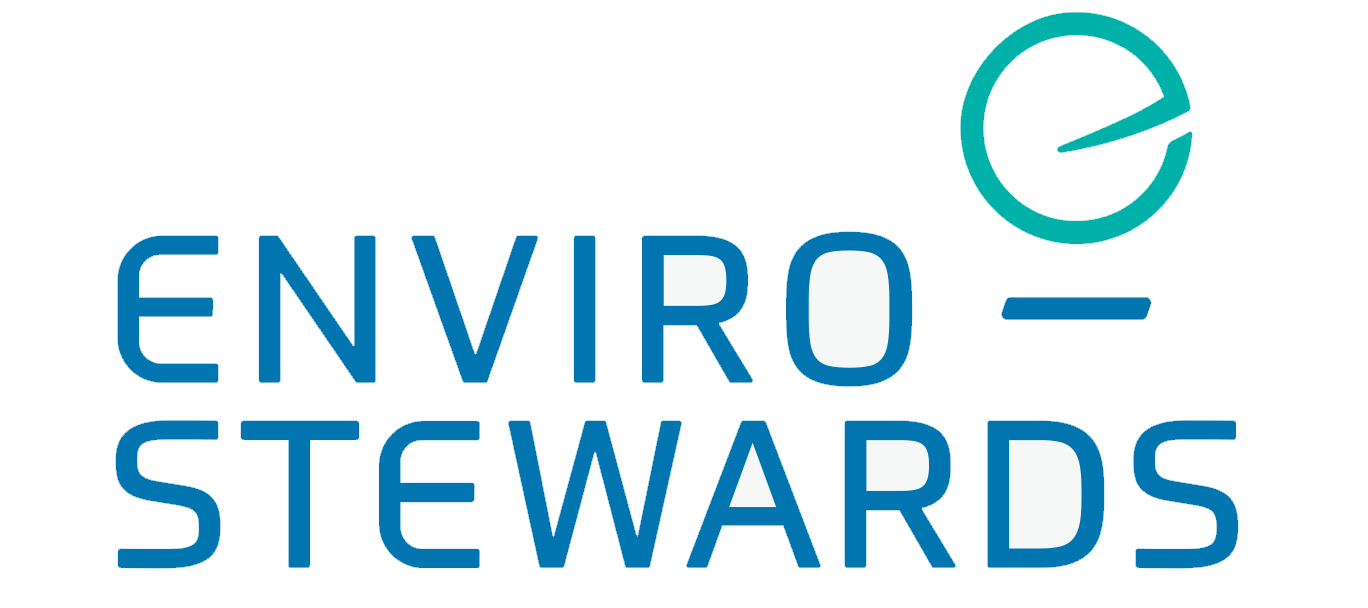Someone will always do it cheaper, but at what cost?
The above photo is a humorous illustration of the outcome of lowest price tendering. Technically, the customer asked for and received a Pegasus tattoo, but is left with a permanent unpleasant reminder of the experience. Sustainable Procurement practices are a way to incorporate what we actually want to buy into the purchasing process and hence secure the gains we wanted in the first place.
Real-Life Examples
A major municipality concluded that helping their industries conserve water would reap gains through business/job retention in their community and strengthen relationships with their water customers. For a half dozen years, their engineering firm found practical measures to save an average of 30% water savings for their customers.
To save costs, the municipality switched from a qualifications and price-based bidding system to a 100% lowest price quote system. According to this specification, it was possible to save 0% per facility. Therefore, any firm that was willing to bid on a scope to secure zero savings could easily outbid any firm bidding based on a scope designed to secure results. The municipality secured a lower price for the engineering service. However, if no practical results are identified, is there any value? Also, what is the intangible cost of water customers concluding that the program is a waste of their time?
Similarly, I was giving a tour of the energy conservation measures that we had implemented at Southbrook Winery. The highlight of the tour was the wine tasting. Sitting across from me was an astounded representative from the local electricity distributing company (LDC). He reported that having just paid for an energy audit (by another engineering firm) whose assessment found that the next 5% of savings at this (already LEED Gold certified) winery would have a 20-year payback. Our subsequent study found and implemented measures that reduced their energy consumption 40% with a 4-month payback, and which won a national award.
The initial cost of the other report would certainly have been a cheaper stack of papers to put on your shelf. However, if you also consider the resulting cost savings, the “more expensive” report would have already paid for itself more than 5 times (and will continue to produce savings for the foreseeable future).
What is the Alternative?
One approach is to value social and environmental benefits in the bidding process. For example, Certified B Corporations internalize social & environmental factors that are often ignored by their peers (such as living wages, environmental footprint, etc.) and undergo 3rd party vetting to ensure that they are delivering on social, environmental, and governance metrics.
“As a society, tax-payer dollars are paying for these benefits in other ways and so it is good money management to be effective with our spending.”
Monica Da Ponte, Academy for Sustainable Innovation
A compatible approach is to better define the outcomes that you are actually wanting to buy. If you select for the lowest initial construction cost, the contractor is unintentionally incentivised to avoid engineering and select the most inefficient flimsy components available. Alternatively, if you select for the lowest life cycle cost, bidders are incentivised to select and install efficient durable components.
A refreshing example is Maple Leaf Foods. In accordance with its vision to be the most sustainable protein company on earth, Maple Leaf made an ambitious commitment to reduce water, energy and waste (per unit production) by 50% by 2025. In order to develop a roadmap to achieve this goal, they requested proposals for assessments at their 12 largest factories.
When informed that our bid was higher than others, we explained that based on our experience with similar facilities, in addition to energy savings our work would likely save about a third of their water. If it does, mathematically the concentration of their wastewater would increase by one third (as there would be less water volume discharged). Although it wasn’t in their request for proposals (RFP), our proposed scope included at source pollution prevention to concurrently reduce the quantity of materials lost to the drain. We offered to remove it if they liked. They left it in and retained us.
After finding hundreds of thousands of dollars of annual savings per facility that their plant teams considered to be practical (and had an average payback of under one year), Maple Leaf then retained our services directly for another 23 facilities. We are presently revisiting a number of their plants to complete post-implementation verification monitoring and to identify additional savings opportunities.
Conclusion
Sustainable procurement requires more forethought than conventional purchasing mechanisms. However, it is the only way to secure the benefits that you actually want to buy. The cheapest product or service is the cheapest for a reason. If you purchase a toy from a dollar store, are you surprised when it only lasts a day?
Paraphrasing my friend, Micah Jarvis’, grandfather:
“If you purchase a quality tool, the upfront cost hurts, but you are satisfied each time you use it.”
“If you purchase a cheap tool, you feel great when you buy it but curse each time you use it.”
When preparing invitations to bid, start by envisioning the desired outcomes. Then strategize how to incorporate them into the bidding process (such as weighting for proven success demonstrated at other facilities).
For further study:
- Sustainable Purchasing Leadership Council in the US
- ECPAR (Espace québécois de concertation sur les pratiques d’approvisionnement responsable)
- Schulich interview of HP regarding sustainable procurement

